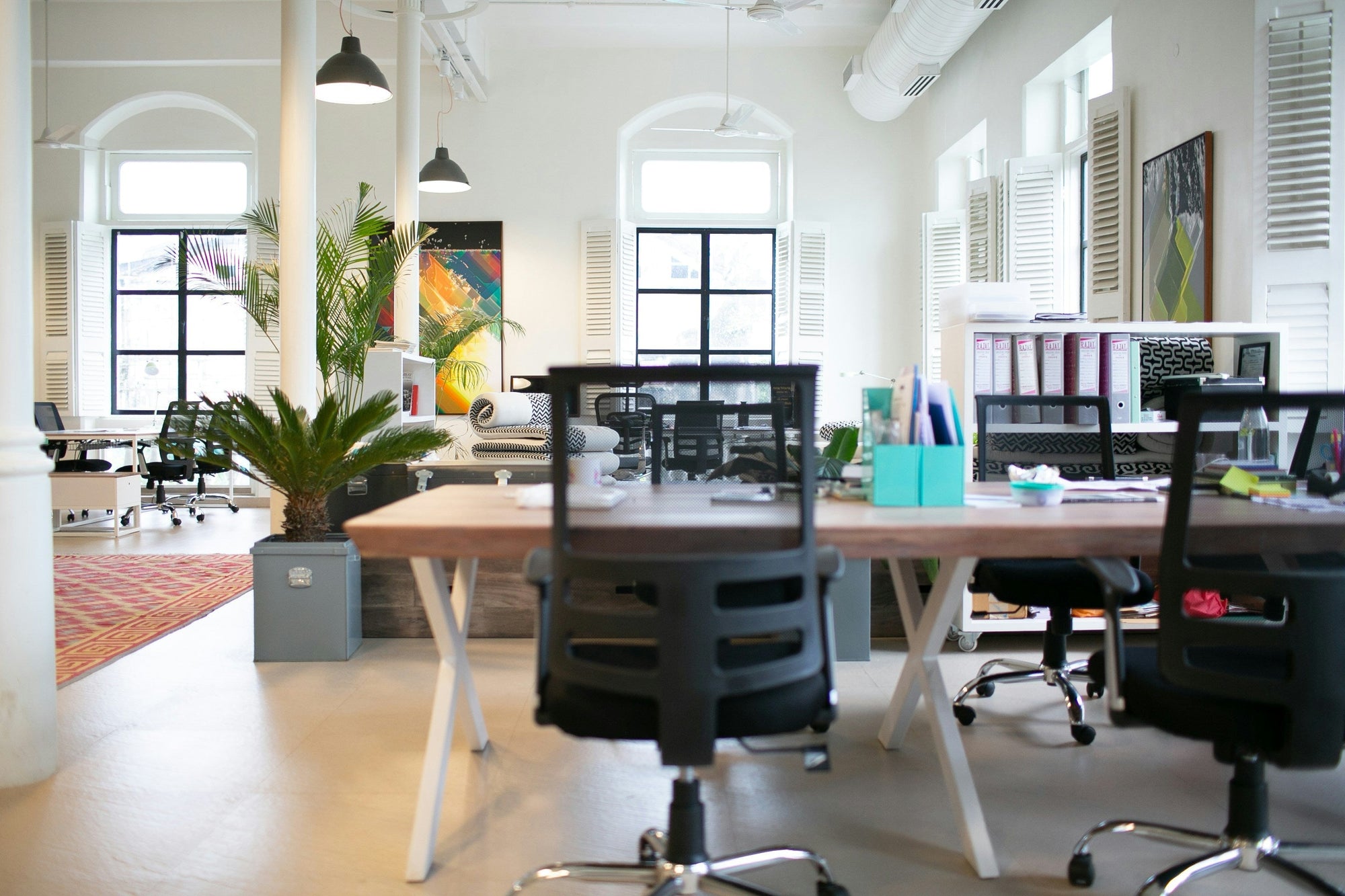While buying used office furniture can be economical and eco-friendly, there are several potential disadvantages to keep in mind:
-
Wear and Tear:
- Visible Damage: Used furniture may have scratches, dents, stains, or other signs of wear and tear that affect its appearance and functionality.
-
Structural Integrity: Over time, furniture can lose its structural integrity, leading to issues like wobbly chairs, broken drawers, or unstable desks.
-
Limited Warranty and Support:
- No Manufacturer Warranty: Most used furniture does not come with a warranty, meaning you may need to bear the cost of any repairs or replacements.
-
Lack of Support: You may not receive customer support or assistance with installation and setup that often comes with new furniture purchases.
-
Outdated Designs and Styles:
- Aesthetic Mismatch: Used furniture might not match the current design and style of your office, leading to a less cohesive and professional appearance.
-
Limited Customization: Customization options are typically unavailable, restricting your ability to tailor the furniture to your specific needs and preferences.
-
Hygiene and Cleanliness:
- Sanitation Concerns: Used furniture might harbor dust, allergens, or even pests, posing hygiene and health concerns for your office environment.
-
Deep Cleaning Required: Thorough cleaning and sanitization may be necessary to ensure the furniture is suitable for use, adding to the overall cost and effort.
-
Availability and Selection:
- Limited Choices: The selection of used furniture is often limited, making it challenging to find matching sets or specific items that meet your requirements.
-
Inconsistent Quality: Quality can vary significantly, and it may be difficult to find used furniture that meets your standards for comfort and durability.
-
Unknown History:
- Previous Use: You may not know the history of the furniture, including how heavily it was used or if it underwent any repairs or modifications.
-
Potential Hidden Issues: Used furniture might have hidden issues that are not immediately apparent, such as weakened joints or internal damage.
-
Delivery and Assembly:
- Logistics: Arranging for the delivery and assembly of used furniture can be more complicated, as sellers may not offer these services.
- Disassembly and Reassembly: Some used furniture may need to be disassembled and reassembled, which can be time-consuming and require additional tools or expertise.
Conclusion
While buying used office furniture can be a cost-effective and environmentally friendly option, it’s important to weigh these disadvantages carefully. Consider factors such as wear and tear, lack of warranty, outdated designs, hygiene concerns, limited selection, unknown history, and logistics before making a decision. If you decide to purchase used furniture, inspect items thoroughly and plan for any additional cleaning, repairs, or assembly needed to ensure a functional and aesthetically pleasing office environment.







